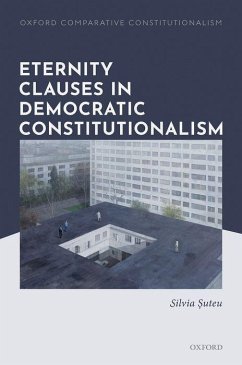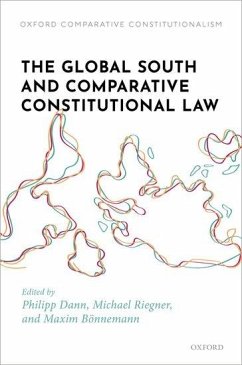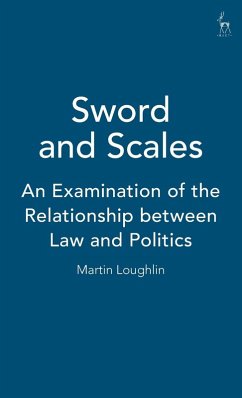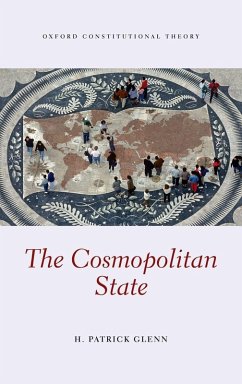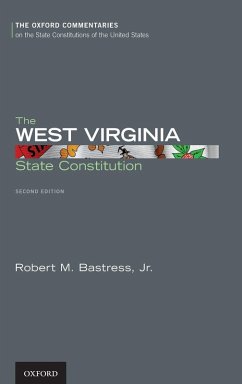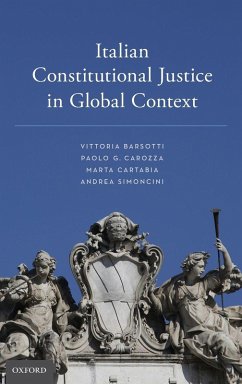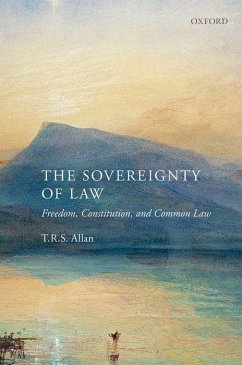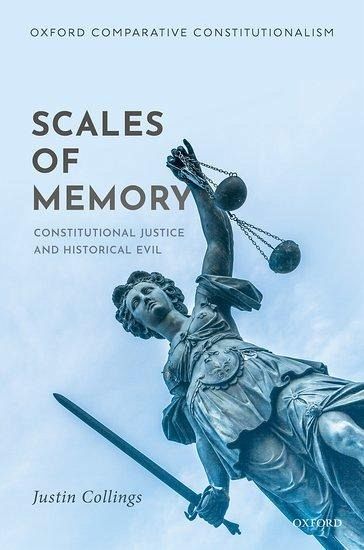
SCALES OF MEMORY OCCL C
Versandkostenfrei!
Versandfertig in 1-2 Wochen
151,99 €
inkl. MwSt.

PAYBACK Punkte
76 °P sammeln!
This monograph explores how the constitutional courts in the United States, Germany, and South Africa have invoked slavery, Nazism, and apartheid - three historical evils - as an aid in constitutional interpretation. It examines how the memory of evil pasts moulds constitutional meaning in the contested present.





